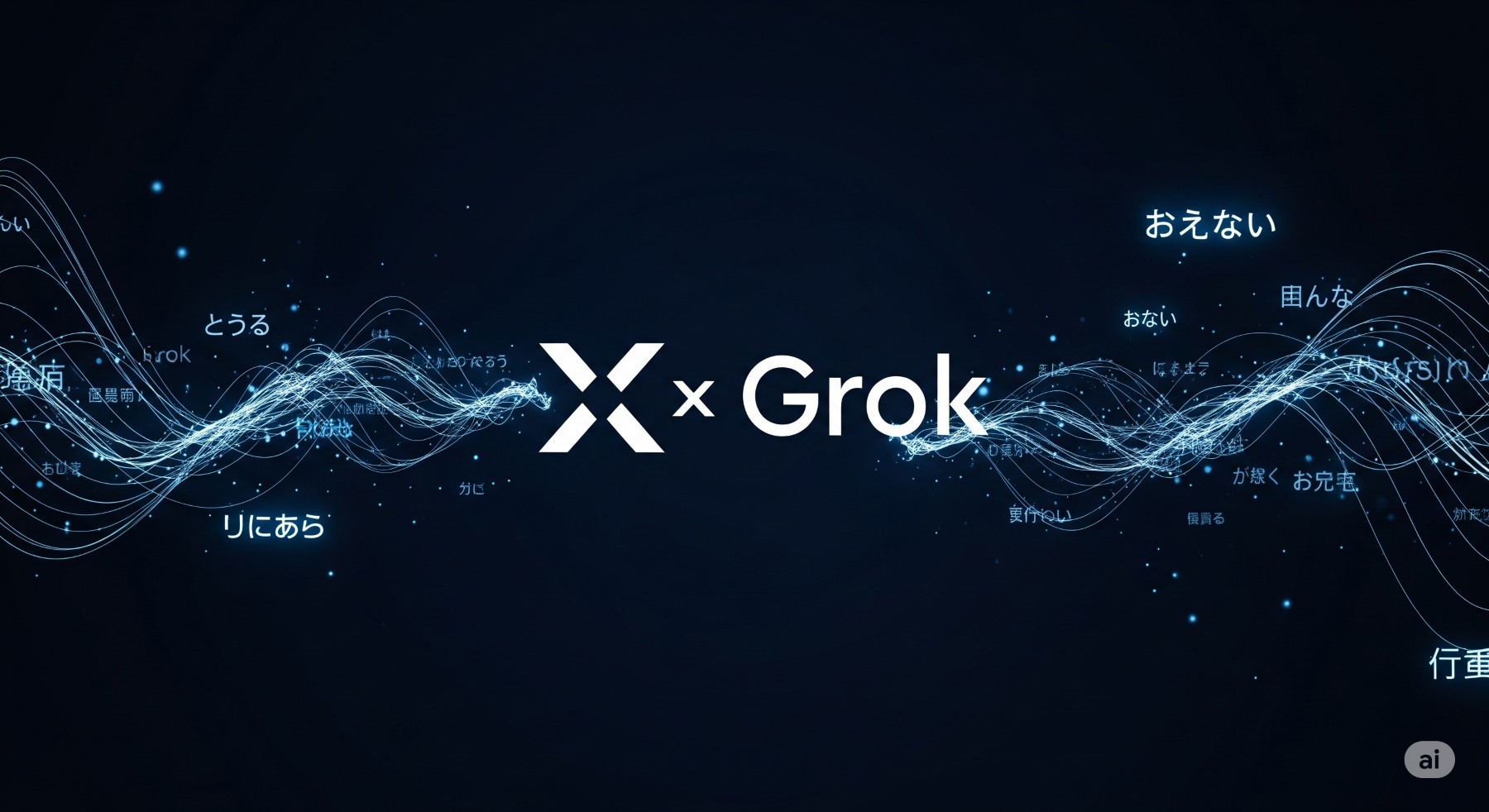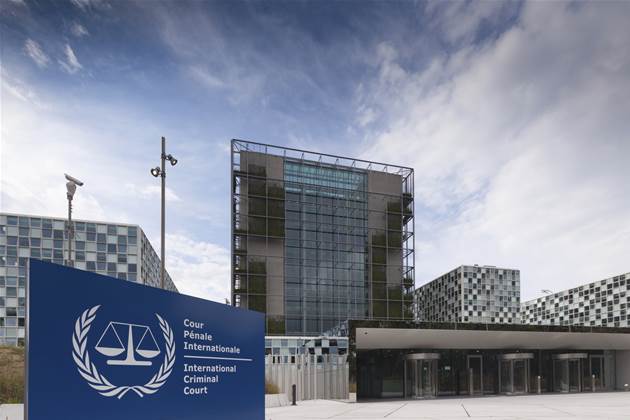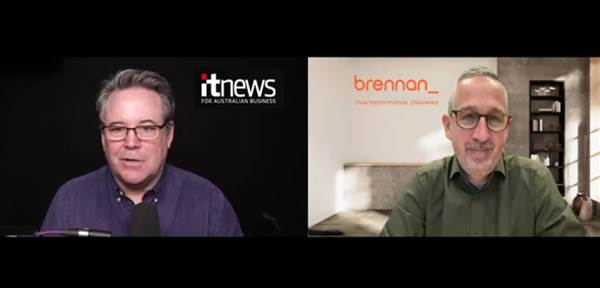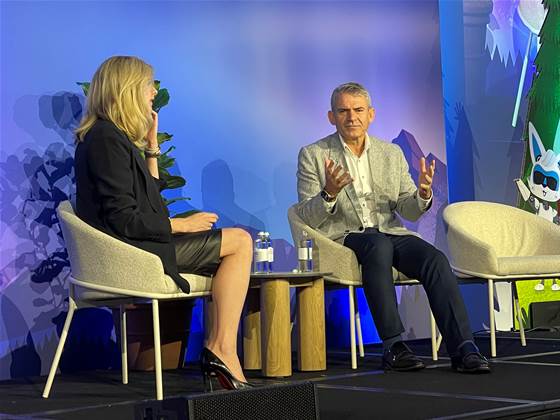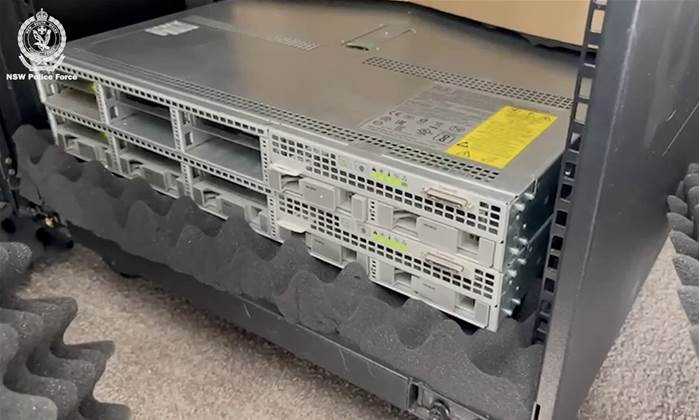“2025 Data and AI State Report to Be Revealed at NEXTDC”
We independently review everything we recommend. When you buy through our links, we may earn a commission which is paid directly to our Australia-based writers, editors, and support staff. Thank you for your support!
Fast Overview
- The 2025 State of Data and AI report will be revealed at the NEXTDC Sydney Data Centre.
- Emphasis on scaling AI, selecting models, and ensuring data security.
- Includes insights from leaders in healthcare, government, tech, and more.
- Backed by NEXTDC, Brennan, and AIRIA.
- Registration is open for the breakfast session on AI and data strategies.
Harnessing AI in Australia: Enhancing Business Results
As artificial intelligence (AI) becomes crucial for success in business, Australian organizations face the complex tasks of employing AI and securing data. The 2025 State of Data and AI report, to be introduced at NEXTDC, aims to highlight how companies are utilizing AI while mitigating inherent risks.
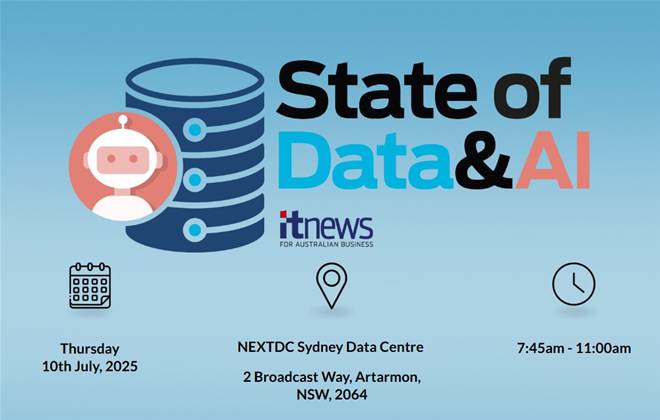
Expanding AI Across Sectors
The report unveiling, organized by TechBest, will explore how Chief Information Officers (CIOs) and their colleagues are transitioning AI projects from pilot stages to expansive implementations. Participants will receive valuable insights into evaluating the effects of AI on business efficiency and creative innovations.
Selecting the Optimal AI Model or Service
A major focus of the report is assisting organizations in choosing the most appropriate AI models or services. Given the myriad of options, businesses should assess their unique requirements, financial limitations, and risk appetite during the decision-making process.
Prioritizing Security and Privacy
With the advancement of AI capabilities, compliance and data protection become pivotal. The forum will discuss how organizations can proactively meet regulatory standards and address the ethical challenges tied to AI technologies.
Perspectives from Sector Leaders
The gathering will showcase prominent speakers from diverse sectors, offering varied insights into data and AI approaches. Key speakers include:
- Kate Carruthers, Australian Institute of Company Directors
- Dr Rachna Gandhi, Ramsay Health Care
- Andrew Spiegelman, Service NSW
- Kristopher Lopez, PetSure
- Susan Gibson, University of Technology Sydney
- Chris Grisdale, hipages Group
- Andrew Hottes, Cranbrook School
- Jihad Zein, Toll Group
- Steve Anderton, Brennan IT
- Richard Davies, AIRIA
Conclusion
Supported by NEXTDC, Brennan, and AIRIA, the launch of the 2025 State of Data and AI report provides essential insights for Australian businesses seeking to leverage AI’s potential while maintaining strong data governance. This event is set to be a key resource for those wishing to responsibly navigate the intricacies of AI innovation.


